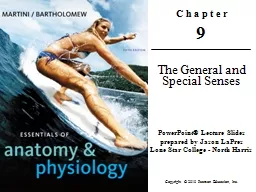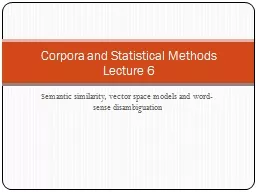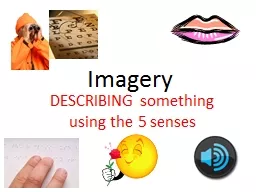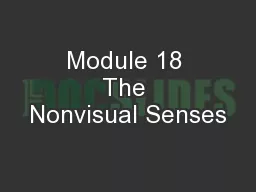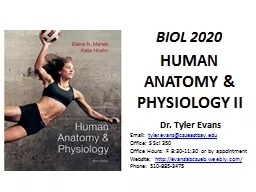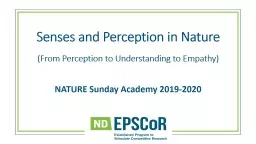PPT-C h a p t e r 9 The General and Special Senses
Author : pamella-moone | Published Date : 2018-12-26
PowerPoint Lecture Slides prepared by Jason LaPres Lone Star College North Harris Copyright 2010 Pearson Education Inc 91 Sensory receptors connect our internal
Presentation Embed Code
Download Presentation
Download Presentation The PPT/PDF document "C h a p t e r 9 The General and Special ..." is the property of its rightful owner. Permission is granted to download and print the materials on this website for personal, non-commercial use only, and to display it on your personal computer provided you do not modify the materials and that you retain all copyright notices contained in the materials. By downloading content from our website, you accept the terms of this agreement.
C h a p t e r 9 The General and Special Senses: Transcript
Download Rules Of Document
"C h a p t e r 9 The General and Special Senses"The content belongs to its owner. You may download and print it for personal use, without modification, and keep all copyright notices. By downloading, you agree to these terms.
Related Documents

